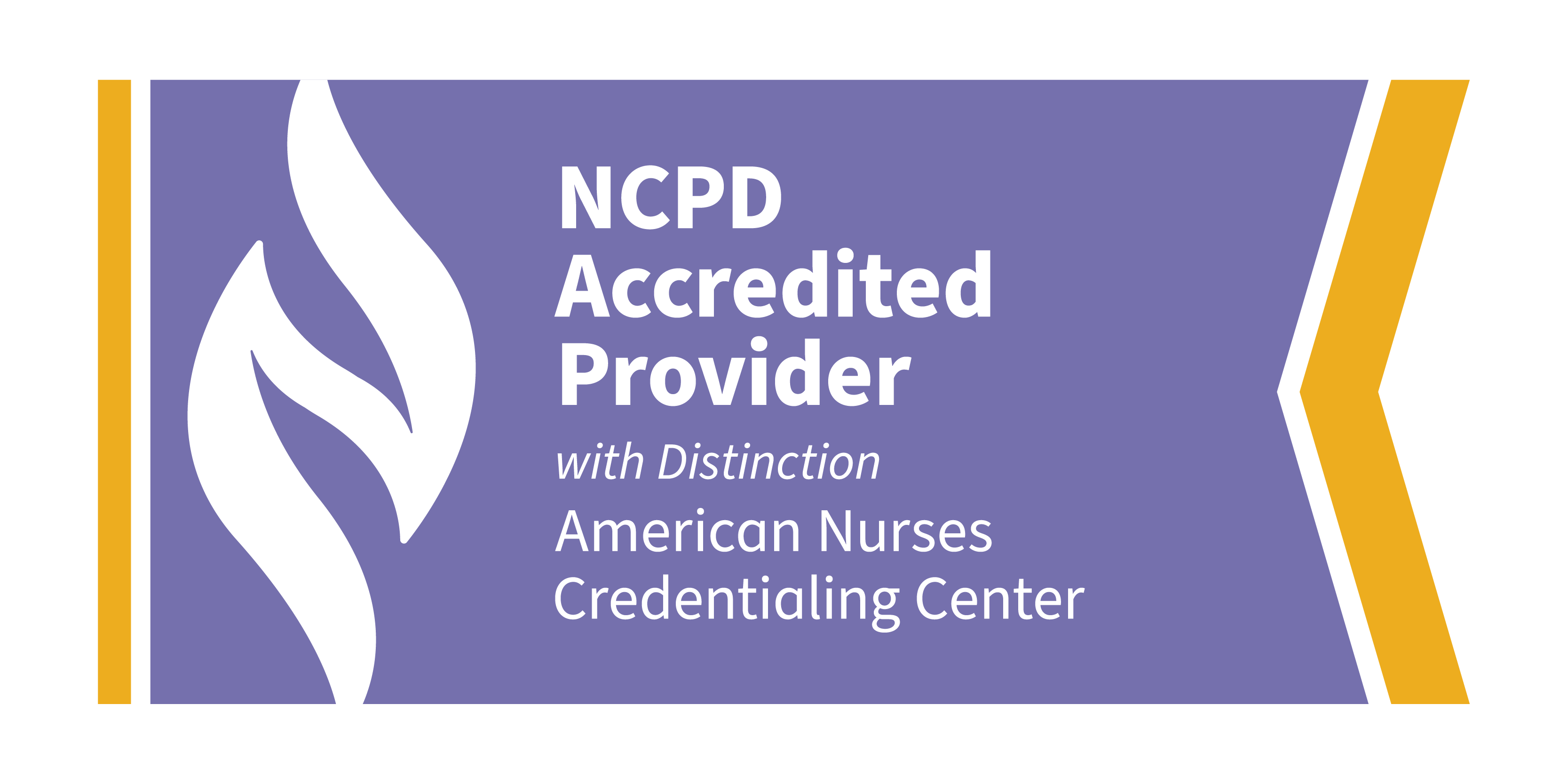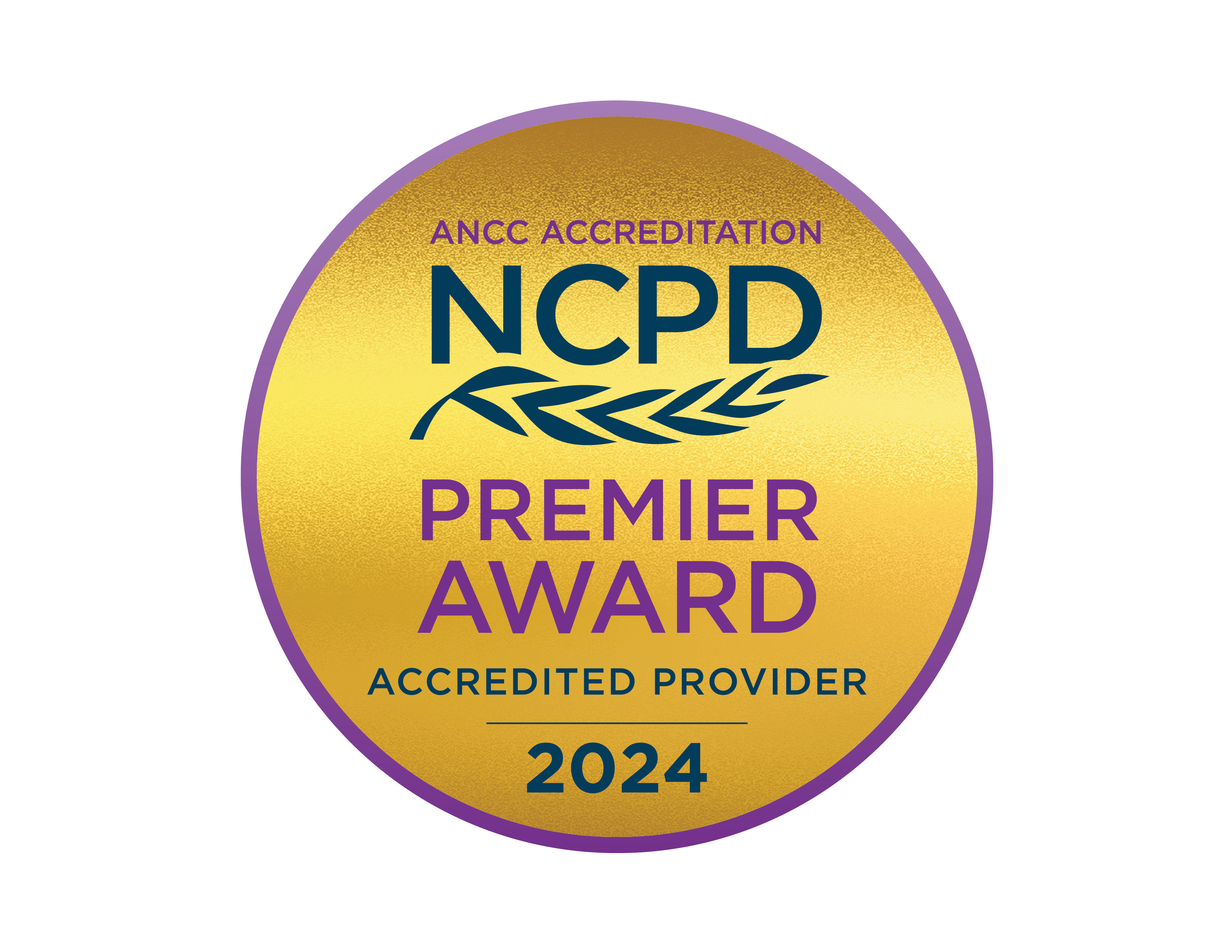Women and HIV Pre-Exposure Prophylaxis
Discover the vital role nurses play in enhancing the effectiveness of Pre-exposure prophylaxis (PrEP) in preventing HIV. Educate yourself on the interventions and best practices for at- risk and vulnerable patients, so that you can help make a significant impact in the fight against HIV.
Course Details
Overview
As nurses, you play a pivotal role in the fight against HIV. Since 2012, Pre-exposure prophylaxis (PrEP) has been a vital tool in preventing HIV, yet new cases continue to rise, especially among minority women. One significant barrier is the lack of information and discomfort among healthcare professionals in prescribing PrEP. This article delves into the crucial role you, as a nurse, have in screening, educating, and monitoring at-risk and vulnerable patients, signs and symptoms of sexually transmitted diseases (particularly HIV), and implementing best practices for PrEP. Read on to discover how you can enhance PrEP's effectiveness and make a significant impact in the fight against HIV.
Key Learning Outcomes
- Describe pre-exposure prophylaxis (PrEP), a preventative treatment for HIV.
- Explain signs and symptoms of HIV.
- Describe who is eligible for PrEP and patient education related to PrEP.
Presented by:
Sheryl Malone-Thomas, DNP, APRN, FNP-BC, AACRN; Emily Anne Barr, PhD, RN, CPNP-PC, CNM, ACRN, FACNM, FAAN; and Veronica J. Brady PhD, RN, FNP-BC, ACRN BC-ADM, CDCES, FADCES
The authors work at the Cizik School of Nursing at UTHealth in Houston, Texas. Sheryl Malone-Thomas is an assistant professor and a leading clinical expert in HIV prevention and care. Veronica Brady is an assistant professor who specializes in research and care of women with HIV and diabetes. Emily Anne Barr is an assistant professor, midwife, and pediatric nurse practitioner specializing in the care and treatment of youth and women with HIV .

